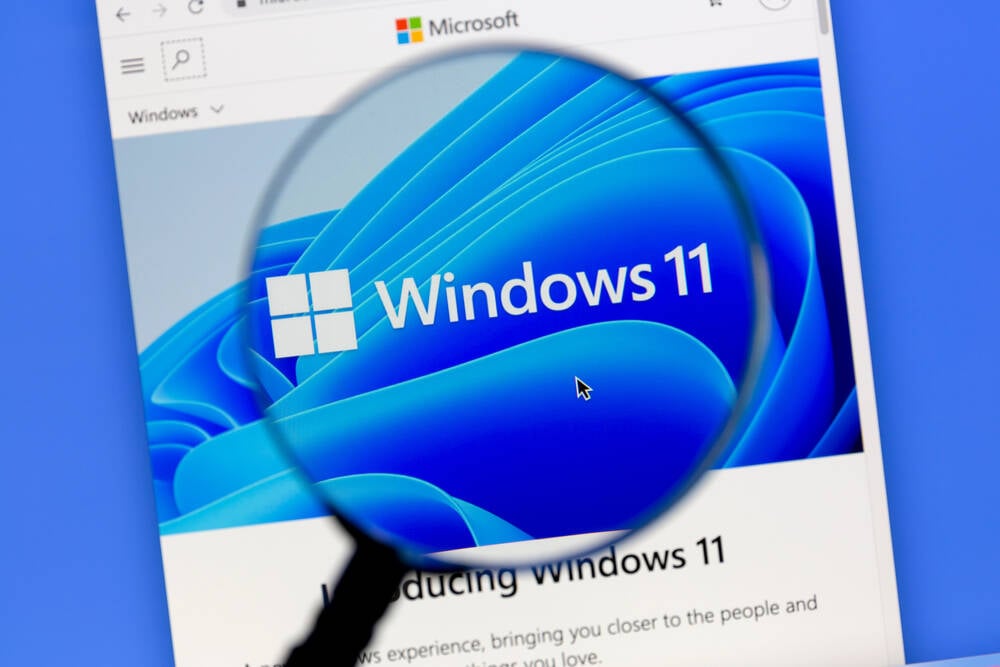Microsoft quietly erases Windows 11 TPM 2.0 bypass workaround from help page – The Register

updated For the past three years, Microsoft documented a way to run Windows 11 on PCs that lack Trusted Platform Module 2.0 hardware – but that workaround has now disappeared from its help page.A Trusted Platform Module (TPM) is an all singing, all dancing security component that can store sensitive secrets such as encryption keys, and help ensure the machine boots the firmware and software it and the user expect. The tech can be implemented with a discrete chip on a PC’s motherboard or integrated into a CPU, typically speaking.When Windows 11 launched in 2021, TPM 2.0 was not yet ubiquitous. Many PCs that possessed the muscle to run the new OS could not therefore officially use the new cut of Windows.Plenty of PC owners thought that was bonkers, because their machines were seemingly cut off from an operating system that Microsoft insisted was otherwise super-innovative and very very important.Which may be why, shortly after Windows 11 debuted in October 2021, Microsoft published a page that and outlined “ways to install Windows 11” that included instructions for bypassing the requirement for machines running the OS to include TPM 2.0 hardware.The workaround required creation of a Windows Registry key, but still required the presence of a TPM 1.2 module. TPM 1.2 was a decade old at the time, so was present in many more PCs.As spotted by Neowin, language about the bypass is no longer present on the help page Microsoft published in 2021, with the latest version omitting a box about the hack.Aside from removing the section about the Registry key, the page remains largely the same, and still indicates that physical media will allow installation of Windows 11 on hardware that only has TPM 1.2.This isn’t a new change, and Microsoft appears to have removed the Registry key workaround sometime between December 12 and 14, 2024, based on the Wayback Machine’s archives of the page. Whether the workaround itself still functions or has been actively blocked remains unknown; we reached out to learn more, but haven’t heard back.Another popular method of bypassing the TPM 2.0 requirement was to install Windows 11 using Windows Server 2025 hardware requirement checks, which don’t stop the operating system from installing despite a lack of TPM.Microsoft tightened that loophole back in August 2024, after which it was still possible to use it through third-party apps like Flyby11 which allows users to install Windows 11 on hardware without any TPM or Secure Boot, and even on devices with unsupported processors.In an update to Flyby11 released yesterday, its developer noted that Microsoft Defender had begun to flag Flyby11 as the potentially unwanted application Win32/Patcher, a known malicious tool. It’s not clear if this was intentional or a false positive, the developer said.We’ve asked Flyby11’s developer for comment, and have asked Microsoft whether it intentionally flagged the tool.While the removal of information from a help page and the potential false flagging of a workaround tool may seem minor, they’re another indicator that Microsoft won’t back down on the requirement for Windows 11 to run on machines equipped with TPM 2.0 chips.Workarounds to bypass these restrictions are likely disappearing fast, as Redmond continues to push the latest version of its flagship OS onto users – glitches and all. ®Microsoft has been in touch to tell us it has now updated the aforementioned support page to make it clear to visitors it was written at the release of Windows 11, and that Microsoft recommends rolling back to Windows 10 “immediately” if it has been installed on a machine that doesn’t meet the stated hardware requirements, such as lacking a required TPM.That update reads as follows:This support article was originally published on September 30, 2021, when Windows 11 was first released to the public. At the time of publication and still today, the intention behind this support page is to detail ways of installing Windows 11 on devices that meet system requirements for Windows 11.If you installed Windows 11 on a device not meeting Windows 11 system requirements, Microsoft recommends you roll back to Windows 10 immediately. Windows 11 minimum system requirements remain unchanged.The Windows maker declined to share anything beyond that, either in regards to the ongoing functionality of the Registry workaround or the status of Flyby11.The developer of Flyby11 told The Register that Microsoft escalated version 1.1 of his app from being a potentially unwanted application to a hacking tool, but upon reaching out told him it didn’t meet malware criteria. Regardless, the block remained in place.”The current release (v1.2) doesn’t seem to be flagged anymore, at least for now,” Flyby11 maker Belim Hasano told us. “Still, it’s frustrating to see Microsoft arbitrarily block apps that simply don’t fit their preferences.”Send us newsThe Register Biting the hand that feeds IT
Copyright. All rights reserved © 1998–2025
Source: https://www.theregister.com/2025/02/05/windows_11_hardware_requirement_workaround/



